Standing above the town of Braubach on the banks of the river Rhine, Marksburg Castle is an imposing defensive fortification. The castle was not only used to defend the surrounding countryside but was also useful in controlling the trade that passed through the region via roads and the river. Of the 40 castles in the region, Marksburg is the only one to have never fallen into disrepair or been destroyed.
Everything you need to know about marksburg castle
History of Marksburg Castle
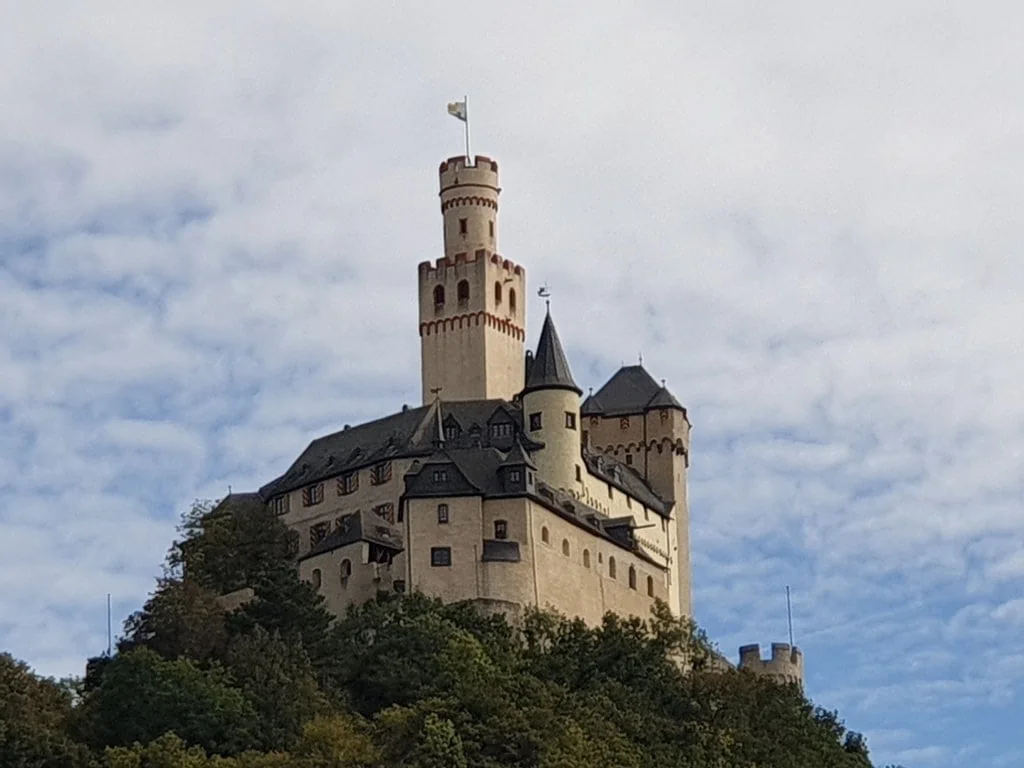
The history of Marksburg castle begins in the early 12th century, when the stone keep was constructed by the Lords of Eppstein – the castle protected the town of Braubach below, but it also served to reinforce the Eppsteins’ right to collect customs duties on goods and traffic traveling through the region.
The Eppstein family was a powerful presence in the region; four members of the family were Archbishops and Electors of Mainz, and another was Archbishop and Elector in Trier (electors were powerful nobles in the Holy Roman Empire, who had the right to elect the Emperor).
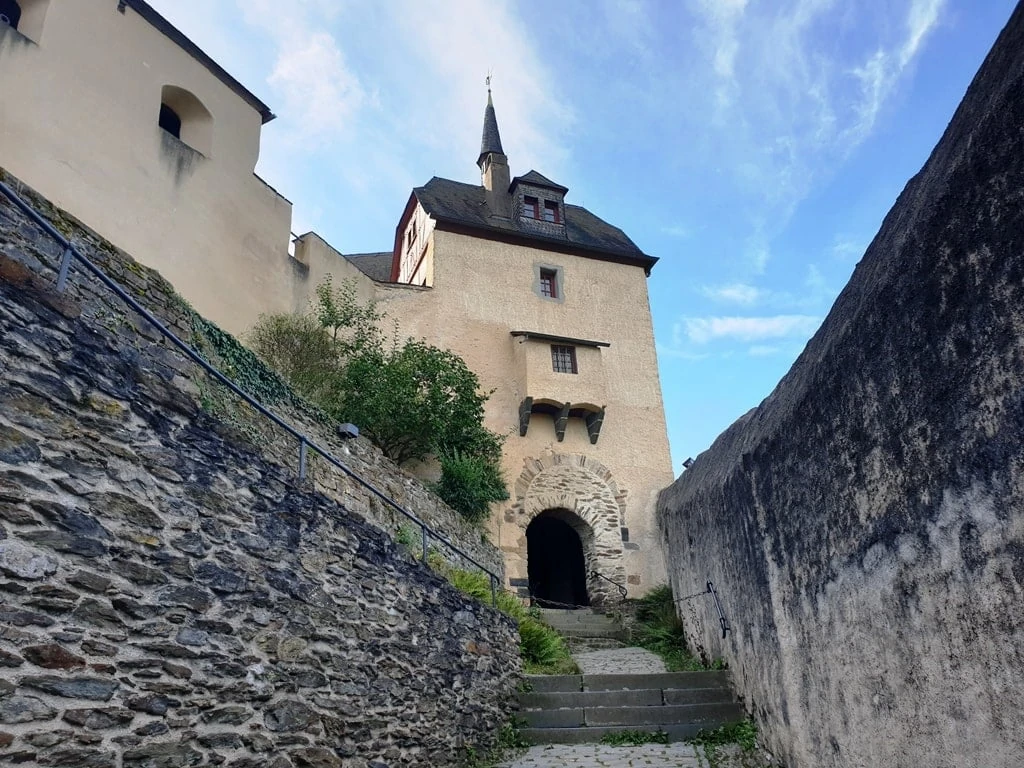
Records appear to show that there was a fortification at Braubach from the early 12th century, although the castle itself is first mentioned in 1231. It seems that the ‘Noble Freemen of Braubach’, also mentioned in 12th-century records, had some kind of fortified house at the foot of the hill where the castle stands today.
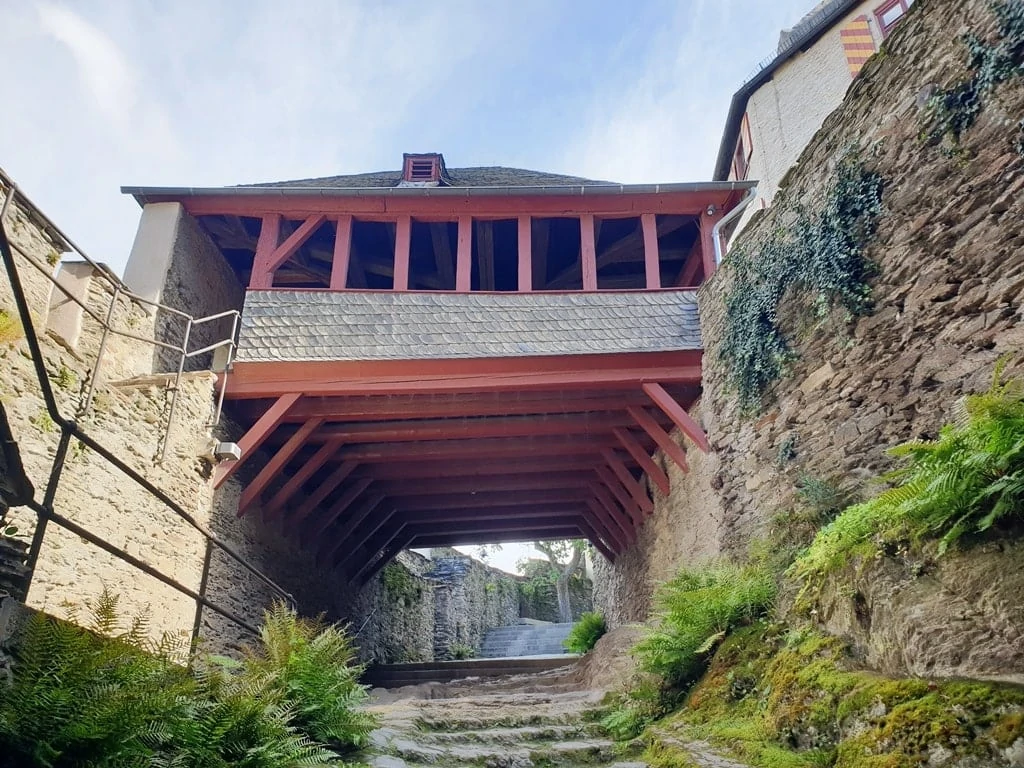
The Eppstein family continued to hold Marksburg castle until 1283, when it was purchased by Eberhard II, Count of Katzenelnbogen. The counts of Katzenelnbogen were among the wealthiest lords in the Rhineland and used their vast resources to initiate a series of modifications and renovations to Marksburg castle over the next two centuries. It was the counts of Katzenelnbogen who built the gothic-style additions to Marksburg, which can still clearly be seen today.
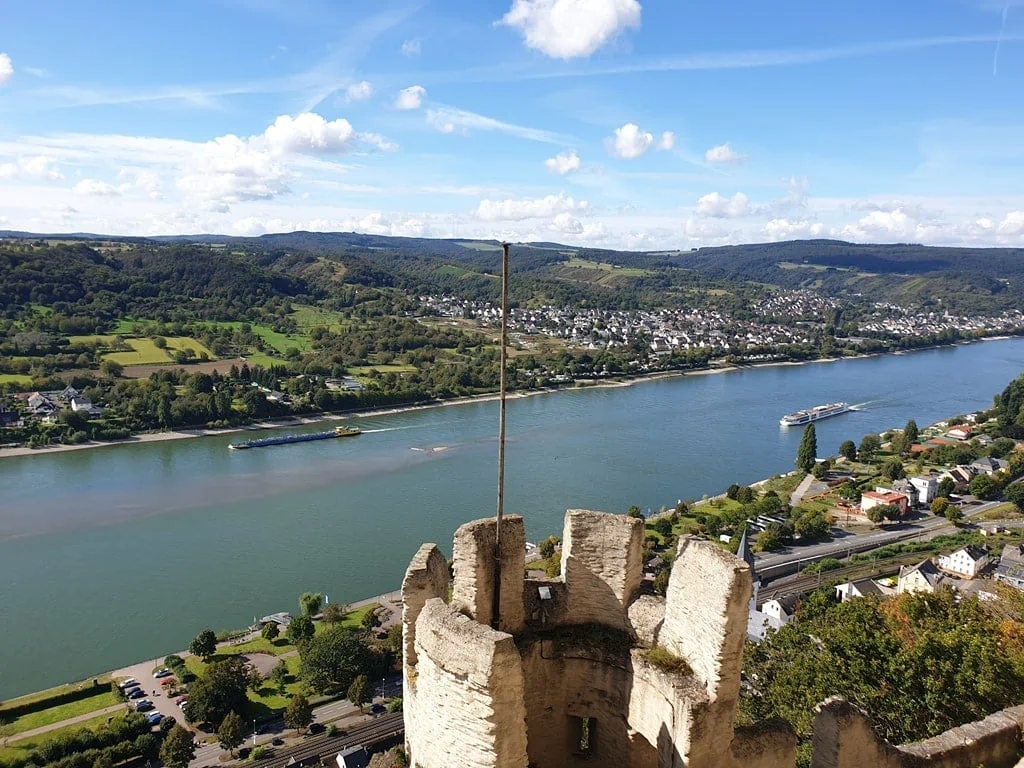
When the last Count of Katzenelnbogen died without a male heir in 1479, the castle passed to the Landgraves of Hesse through the marriage of the Katzenelnbogen heiress Anna to Heinrich of Hesse.
The castle was soon renovated once again to strengthen its defenses against newly developed gunpowder artillery; round towers were added to the curtain wall (their curved shape made them far better at deflecting enemy artillery) and Marksburg was enlarged to make space for gun batteries.
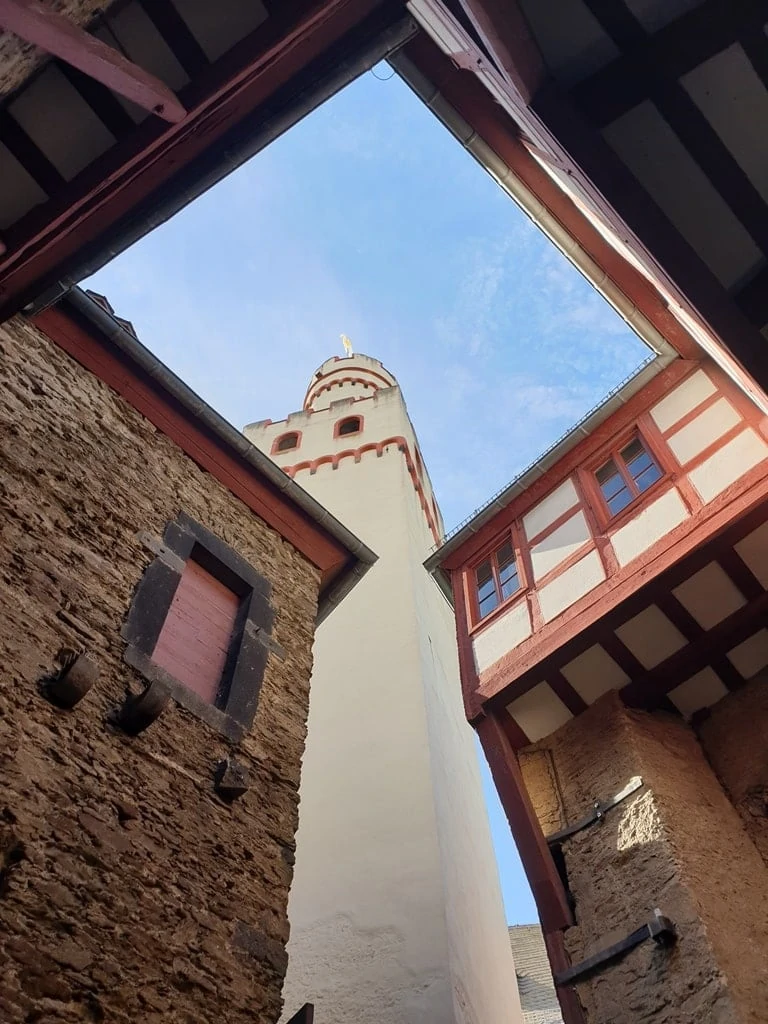
Hundreds of years later in 1806, the Holy Roman Empire was broken up by the French Emperor Napoleon. As part of this upheaval, Napoleon granted Marksburg castle to his ally the Duke of Nassau, as a reward for his services – the Duke used the castle as a prison and a home for disabled soldiers for a time.
In 1866, after the end of the Austro-Prussian war, the Duchy of Nassau became a part of Prussia, along with the castle at Marksburg. During Prussian ownership, Marksburg was used as a barracks but slowly fell into a state of relative disrepair.
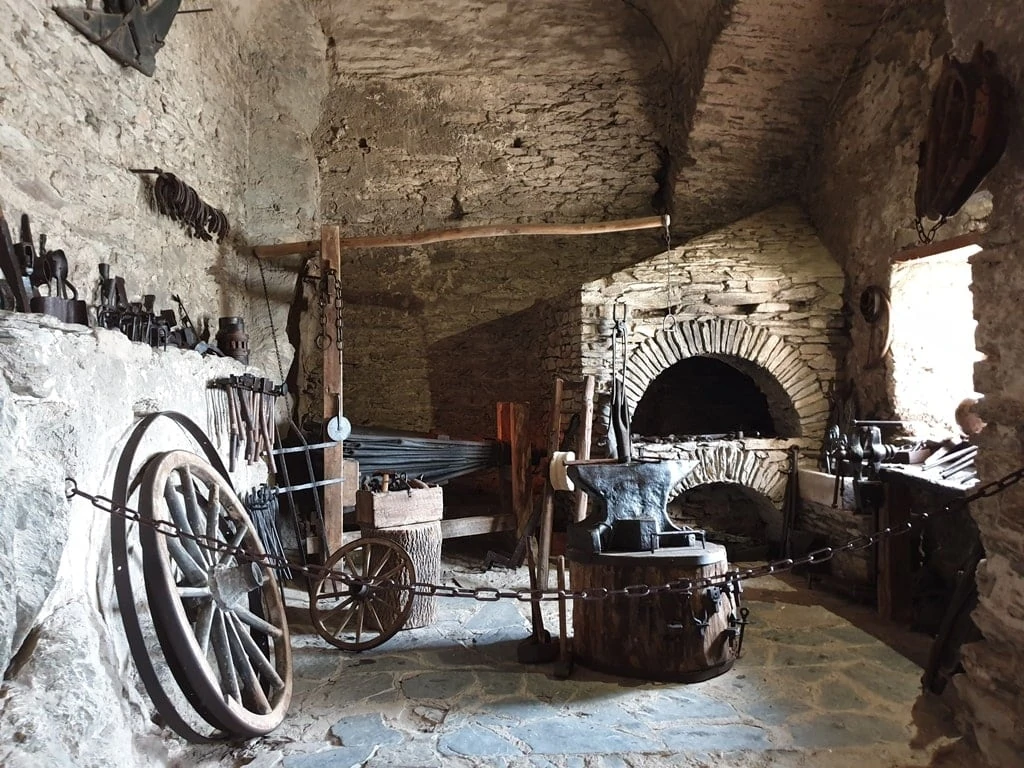
In 1900, the newly-formed Deutschen Burgenvereinigung (‘German Castles Association) purchased Marksburg castle with the help of Wilhelm II. A symbolic 1,000 gold mark was paid for the fortification, and reconstruction works were carried out under the guidance of a privy court planner and architect, professor Bodo Ebhardt.
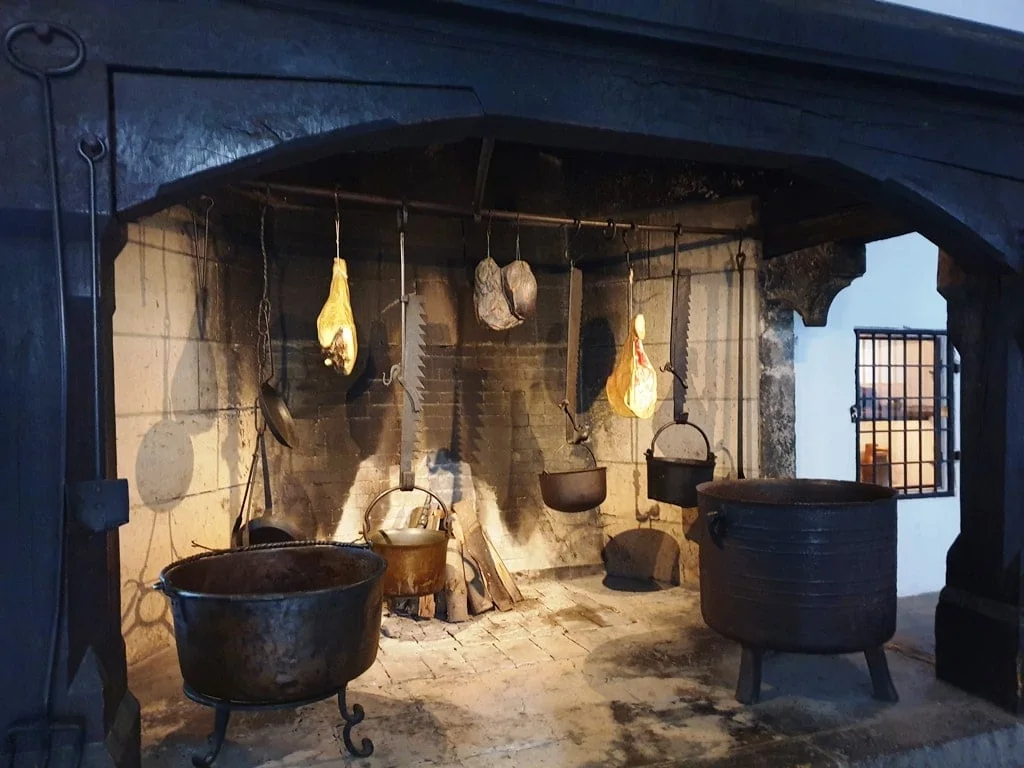
During world war two, the castle was damaged by American artillery fire (the damages were later repaired). Interestingly, the Ueno German Culture Village, a theme park in Japan, offered to buy Marksburg in the 1990s, in order to demolish the castle and rebuild it in Japan. When this offer was declined, the theme park built its own replica, which can be seen in Miyakojima, Okinawa Prefecture.
Description of Marksburg Castle
Marksburg Castle is based around a bergfried, a tall tower typically found in medieval fortifications in German-speaking areas. Known as a ‘fighting-tower’, a bergfried is very similar in form and function to a keep or donjon – however, while keeps were designed to incorporate room for people to live, bergfriede were not intended to be used for permanent habitation.
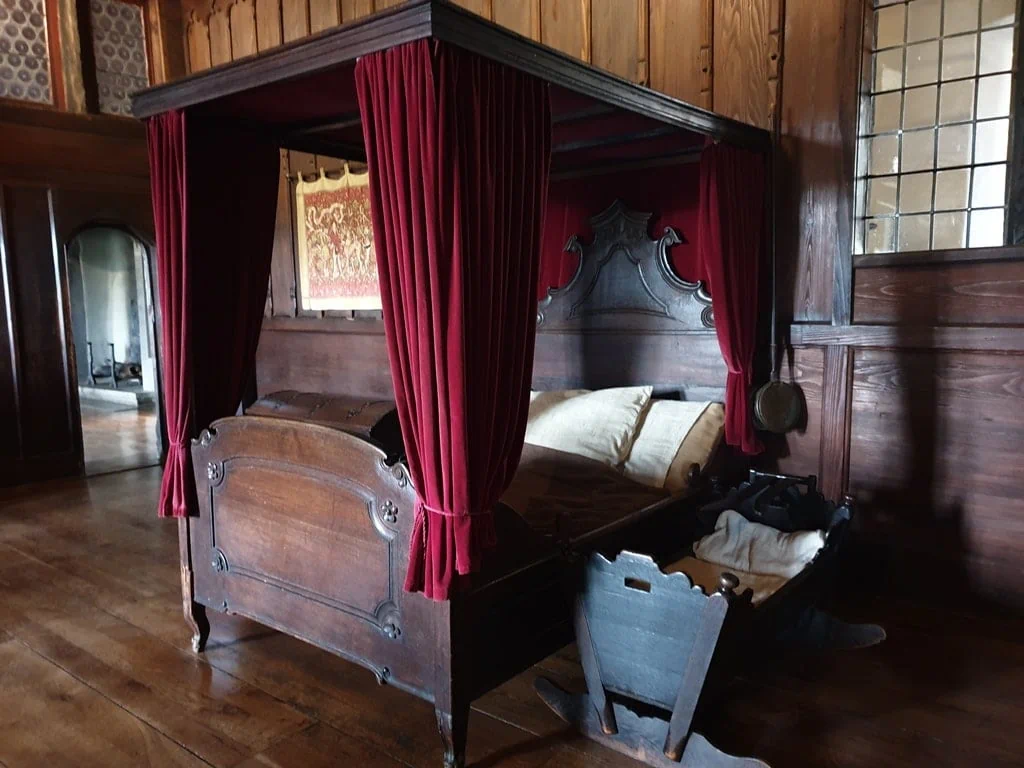
Therefore, castles that feature bergfriede typically include a separate tower or structure with residential rooms, and this is the case at Marksburg.
The bergfriede at Marksburg has a ‘butter-churn’ design – this refers to the fact that the tower has an upper section with a smaller diameter than the lower section. This design has distinct advantages: the ledge where the lower tower meets the upper tower acts as a useful walkway or fighting platform, while the upper tower can be used as a vantage point to spot enemies or fire missiles from.
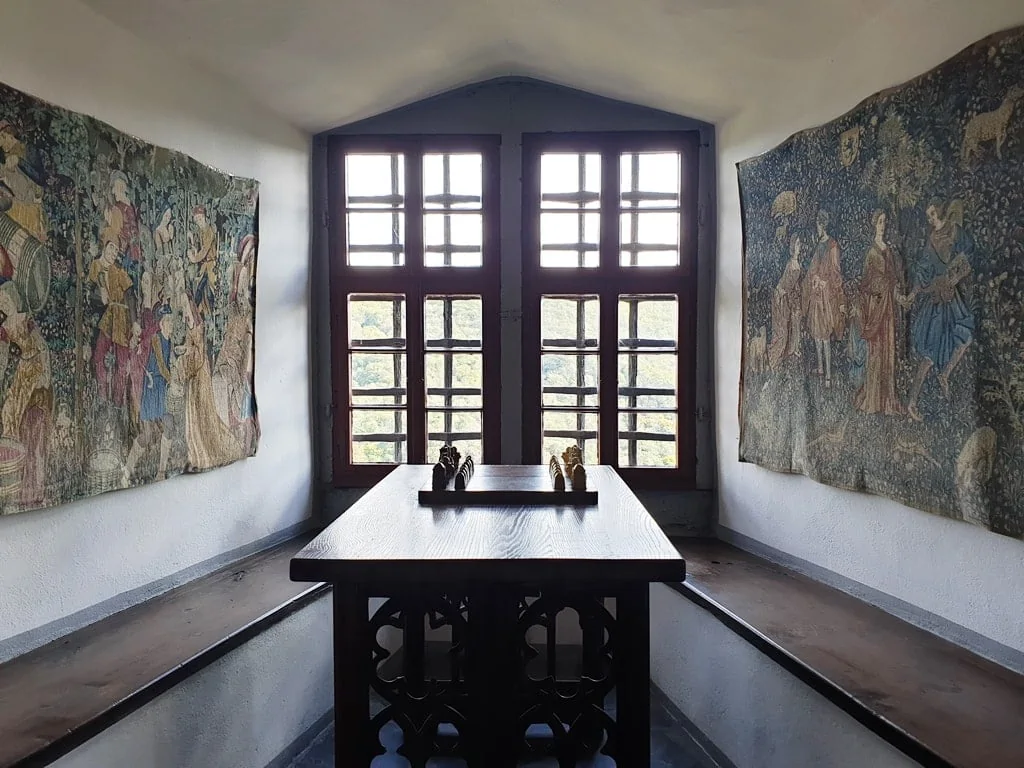
Although the original style of the castle was romanesque, you can clearly see the later gothic additions and renovations that were added, such as the spires which top the lower castle towers. From the castle courtyard in the lower Bailey, the cannon battery can clearly be seen, which was used to control access to the Rhine. In the upper Bailey, visitors can find the central bergfried and the knights hall, as well as the castle dungeon.
Visiting Information
The castle is currently open to visitors, despite ongoing building works. The castle itself can only be seen as part of a guided tour, which lasts around 50 minutes – tours are available every day, beginning every quarter of an hour between 10 am and 5 pm. During the summer season, a tour in English is available daily at 1 pm. Entrance is 11 euros for adults and 8 euros for children, with concessions for students and family groups.
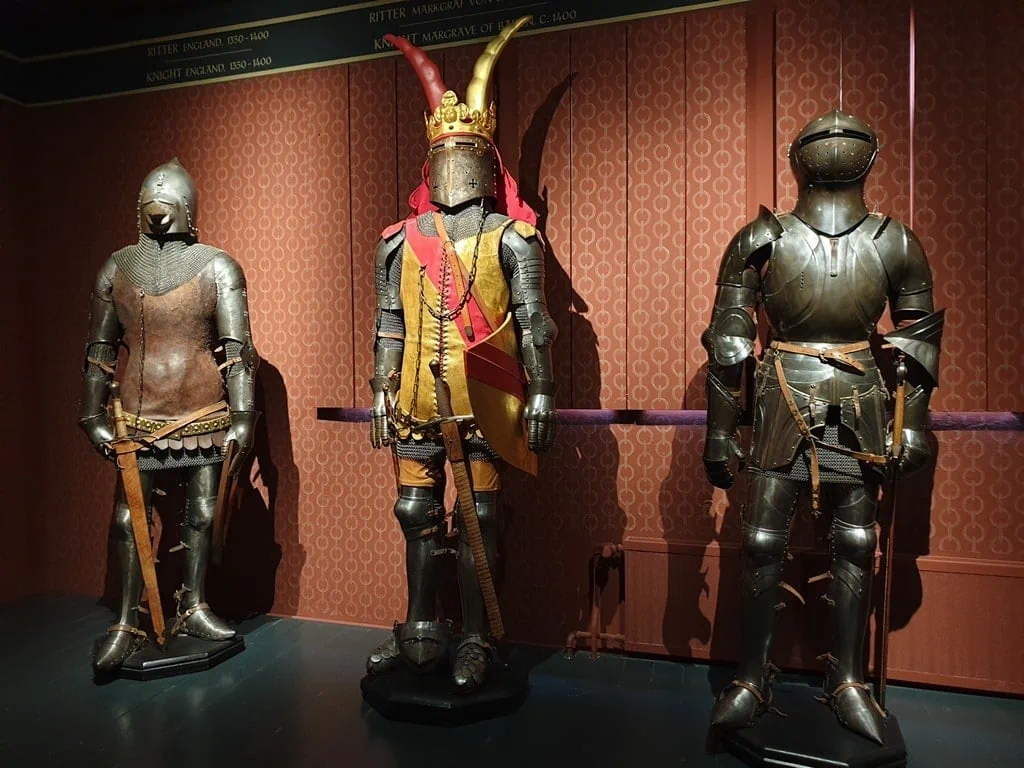
Marksburg Castle is easy to reach by car from the nearest city of Koblenz – follow the B 42 southwards and take the Braubach exit, following the signs for Marksburg. There is a car park (with a 2 euro parking fee) a short walk from the castle.
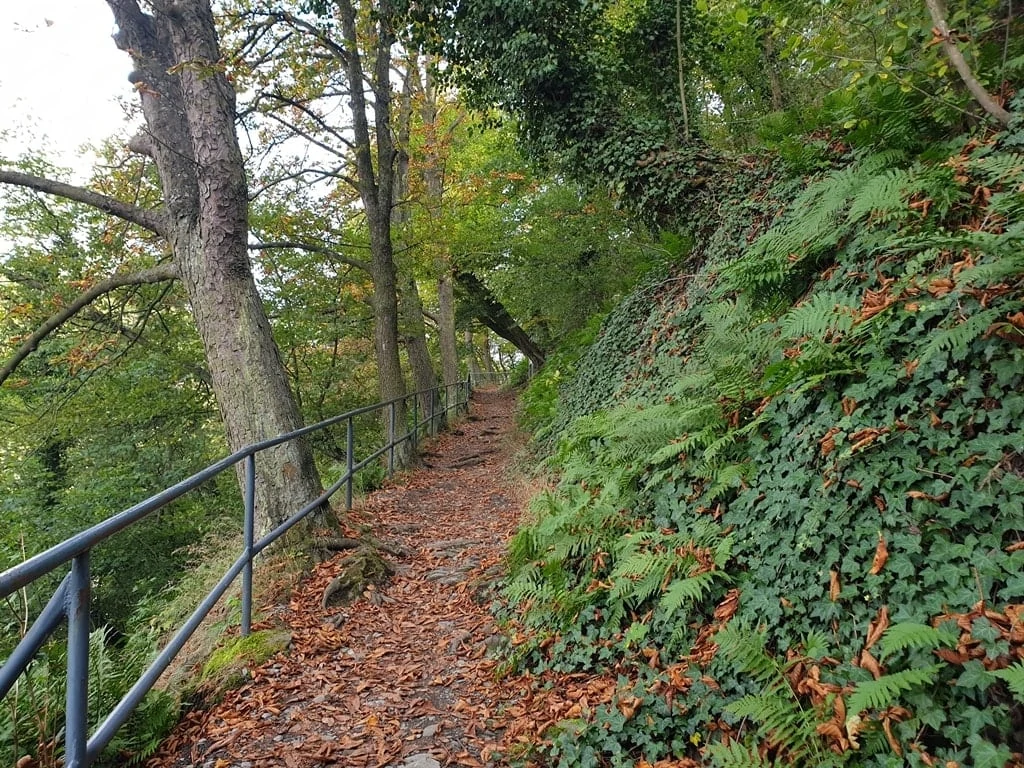
Marksburg can also be reached by train or bus, both of which leave from Koblenz. Visitors should get off at Braubach station (10 minutes by train, 30 minutes by bus), before crossing through the old town and following the hiking trail which leads to the castle.
This walk takes around 30 minutes, but visitors can also catch the train shuttle service which takes passengers from Braubach old town up to the castle during the summer season.
